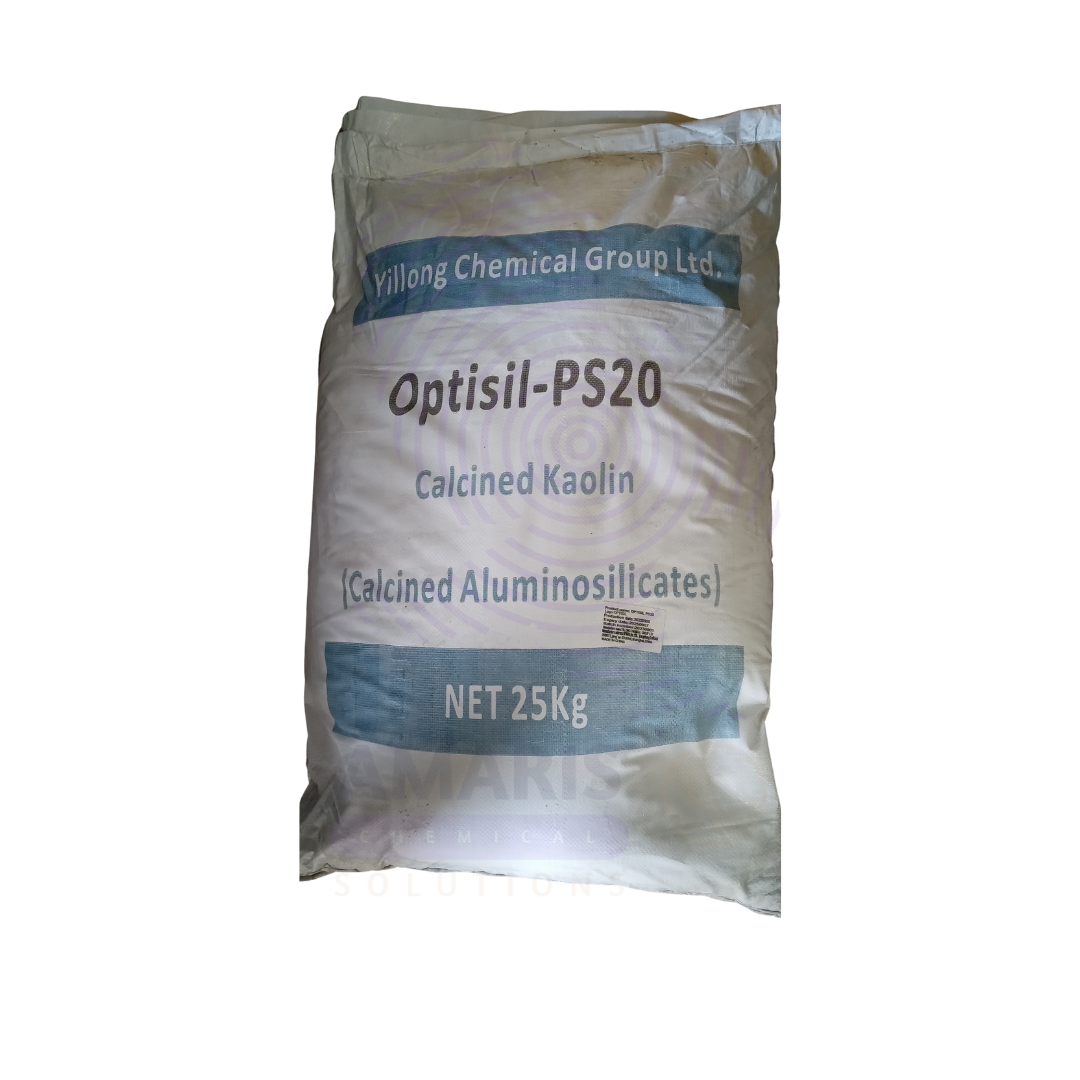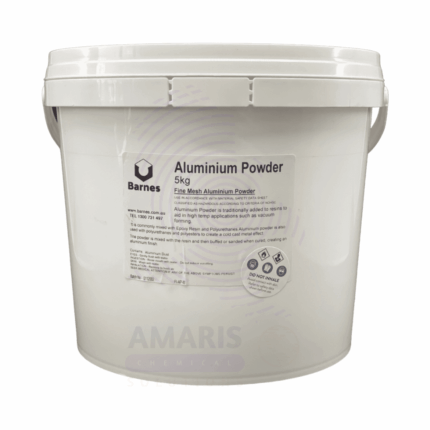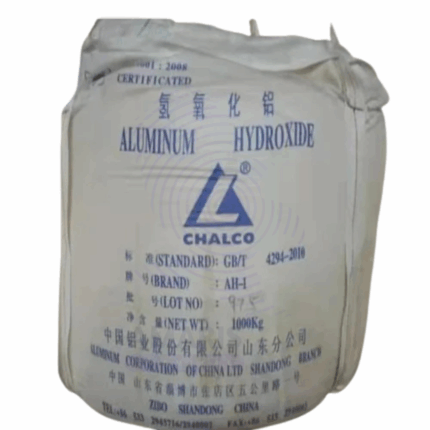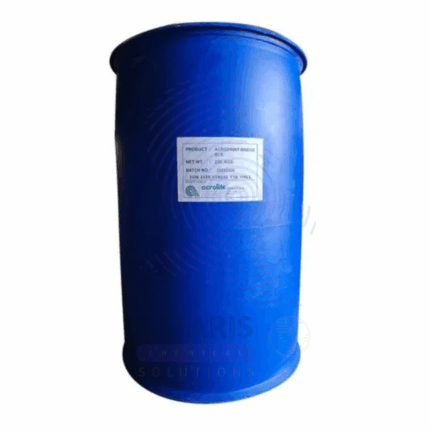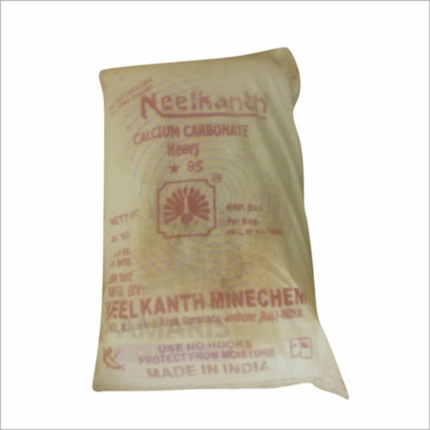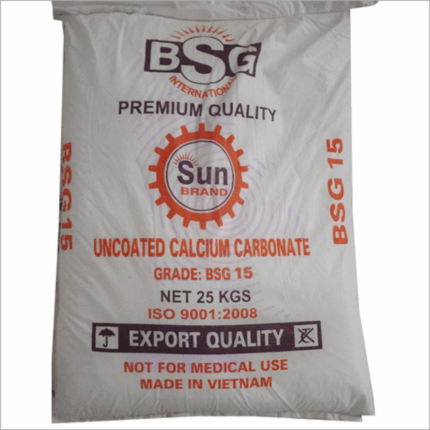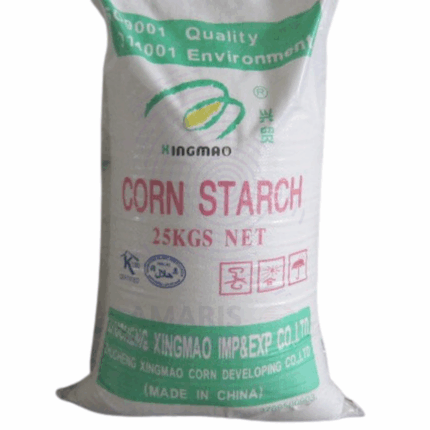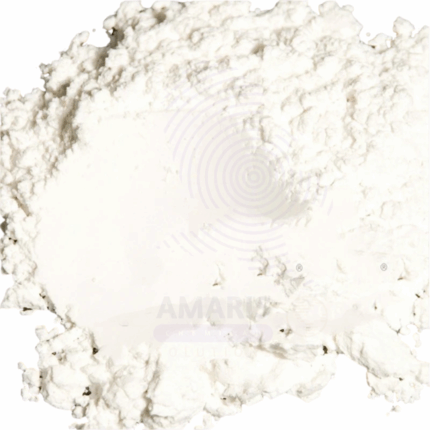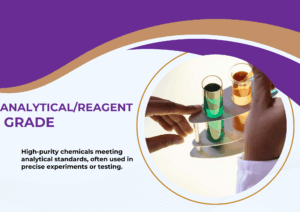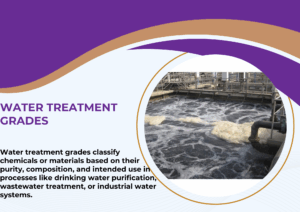
Calcined Kaolin
$ 1.20
Calcined Kaolin is a fine, white to off-white powder produced by heating natural kaolin clay to high temperatures (typically between 600°C and 900°C) in a controlled process called calcination. This thermal treatment removes chemically bound water, changes the crystalline structure, and enhances the physical and chemical properties of kaolin. The resulting product exhibits increased brightness, hardness, and opacity, making it highly valuable as a functional additive and filler in numerous industrial applications. Calcined Kaolin is widely used in coatings, ceramics, plastics, rubber, paper, and paint industries to improve durability, brightness, and performance.
Calcined Kaolin
Primary Uses
- Coatings & Paints
- Used as a functional extender to improve paint durability, brightness, and opacity.
- Enhances scratch resistance, corrosion resistance, and weatherability of coatings.
- Acts as a matting agent and improves the rheology (flow properties) of paint formulations.
- Paper Industry
- Serves as a filler and coating pigment to improve paper brightness, smoothness, and printability.
- Enhances paper opacity and bulk, providing better surface gloss and ink holdout.
- Ceramics
- Used in ceramic formulations to improve strength, whiteness, and thermal stability.
- Reduces firing temperature and improves product uniformity.
- Plastics & Rubber
- Acts as a reinforcing filler in plastics and rubber compounds, enhancing mechanical strength and resistance to abrasion.
- Improves dimensional stability and surface finish of molded products.
- Construction Materials
- Incorporated in cement, plaster, and concrete to improve hardness, reduce permeability, and increase resistance to chemical attack.
Secondary Uses
- Cosmetics & Personal Care
- Used as an absorbent and mattifying agent in powders and makeup products.
- Adhesives & Sealants
- Functions as a rheology modifier and extender to improve performance characteristics.
- Agriculture
- Occasionally used as an inert carrier or anti-caking agent in fertilizers and pesticides.
1. Basic Identification Attributes
- Chemical Name (IUPAC): Aluminum silicate hydroxide (dehydroxylated form after calcination)
- Common/Trade Names: Calcined Kaolin, Metakaolin, Thermally Treated Kaolin
- CAS Number: 1318-74-7 (kaolin base)
- HS Code: 2507.00.00
- Molecular Formula: Approx. Al2Si2O7 (dehydroxylated kaolin)
- Synonyms:
- Metakaolin
- Calcined Clay
- Thermally Activated Kaolin
2. Physical & Chemical Properties
- Physical State: Fine powder
- Color & Odor: White to off-white; odorless
- Melting Point: Not applicable (inorganic mineral)
- Boiling Point: Not applicable
- Density: Approx. 2.6–2.8 g/cm³
- Solubility: Insoluble in water and organic solvents
- pH: Neutral to slightly alkaline (6–8) in aqueous suspension
- Stability: Chemically stable; non-hygroscopic
3. Safety & Hazard Attributes
- Hazard Class (GHS): Not classified as hazardous under normal handling
- NFPA Ratings:
- Health: 1
- Flammability: 0
- Reactivity: 0
- Exposure Limits: OSHA PEL for nuisance dust: 15 mg/m³ (total dust), 5 mg/m³ (respirable dust)
- Toxicity: Low toxicity; inhalation of fine dust may cause mild respiratory irritation
- Reactivity: Stable; inert under normal conditions
4. Storage & Handling Attributes
- Storage Conditions: Store in dry, cool areas away from moisture and contaminants
- Container Type: Bulk bags, drums, or silos depending on quantity
- Shelf Life: Indefinite if stored properly
- Special Handling: Minimize dust generation; use PPE (masks, goggles, gloves) during handling
5. Regulatory & Compliance Attributes
- FDA Status: Generally Recognized As Safe (GRAS) as an indirect food contact substance (in some grades)
- Pharmacopoeia Compliance: Not typically listed in pharmacopeias
- Transportation: Not regulated as hazardous material
- Waste Disposal: Dispose of according to local regulations; inert waste
6. Environmental & Health Impact
- Ecotoxicity: Low environmental hazard; inert mineral
- Persistence: Non-biodegradable but environmentally inert
- Bioaccumulation: Not expected to bioaccumulate
- Carcinogenicity/Mutagenicity: Not classified as carcinogenic; some respirable dust forms of kaolin are considered nuisance dust
- Biodegradability: Not biodegradable
Safety Handling Precautions
Personal Protective Equipment (PPE):
- Dust mask or respirator (NIOSH-approved)
- Gloves
- Protective goggles
- Protective clothing
Handling Measures:
- Avoid inhalation of dust
- Use local exhaust ventilation or dust extraction systems
- Handle in well-ventilated areas
Storage Measures:
- Keep containers tightly closed
- Store in dry conditions to prevent caking
Hygiene Practices:
- Wash hands and exposed skin after handling
- Do not eat, drink, or smoke while handling
First Aid Measures
- Inhalation: Move to fresh air; seek medical attention if coughing or breathing difficulty occurs
- Skin Contact: Wash with soap and water; seek medical advice if irritation develops
- Eye Contact: Rinse thoroughly with water for at least 15 minutes; seek medical attention if irritation persists
- Ingestion: Rinse mouth; no significant toxicity expected; seek medical advice if large amounts ingested
Firefighting Measures
- Fire Hazards: Non-flammable
- Extinguishing Media: Use extinguishing media appropriate for surrounding fire (water, foam, dry chemical)
- Special Precautions: Use protective equipment to avoid dust inhalation during fire conditions
- Decomposition Products: None under normal fire conditions

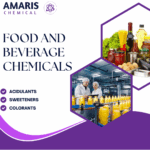
 Preservatives(food)
Preservatives(food) Flavor Enhancers
Flavor Enhancers Acidulants
Acidulants Sweeteners
Sweeteners Antioxidants
Antioxidants Colorants(food)
Colorants(food)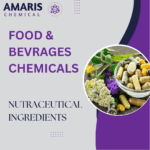 Nutraceutical Ingredients (food)
Nutraceutical Ingredients (food) Nutrient Supplements
Nutrient Supplements Emulsifiers
Emulsifiers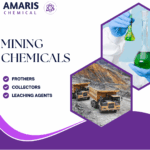
 Collectors
Collectors Dust Suppressants
Dust Suppressants Explosives and Blasting Agents
Explosives and Blasting Agents Flocculants and Coagulants
Flocculants and Coagulants Frothers
Frothers Leaching Agents
Leaching Agents pH Modifiers
pH Modifiers Precious Metal Extraction Agents
Precious Metal Extraction Agents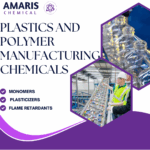
 Antioxidants(plastic)
Antioxidants(plastic) Colorants (Pigments, Dyes)
Colorants (Pigments, Dyes) Fillers and Reinforcements
Fillers and Reinforcements Flame Retardants
Flame Retardants Monomers
Monomers Plasticizers
Plasticizers Polymerization Initiators
Polymerization Initiators Stabilizers (UV, Heat)
Stabilizers (UV, Heat)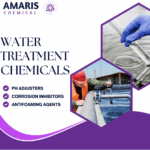
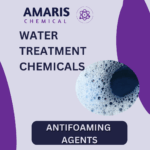 Antifoaming Agents
Antifoaming Agents Chelating Agents
Chelating Agents Coagulants and Flocculants
Coagulants and Flocculants Corrosion Inhibitors
Corrosion Inhibitors Disinfectants and Biocides
Disinfectants and Biocides Oxidizing Agents
Oxidizing Agents pH Adjusters
pH Adjusters Scale Inhibitors( water)
Scale Inhibitors( water)
 Antioxidants(cosmetic)
Antioxidants(cosmetic) Emollients
Emollients Fragrances and Essential Oils
Fragrances and Essential Oils Humectants
Humectants Preservatives
Preservatives Surfactants(cosmetic)
Surfactants(cosmetic) Thickeners
Thickeners UV Filters
UV Filters
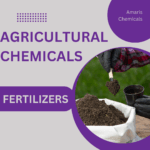 Fertilizers
Fertilizers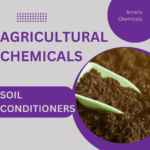 Soil Conditioners
Soil Conditioners Plant Growth Regulators
Plant Growth Regulators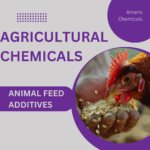 Animal Feed Additives
Animal Feed Additives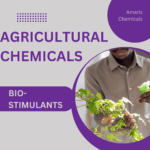 Biostimulants
Biostimulants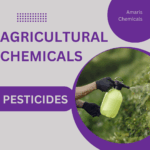 Pesticides (Herbicides, Insecticides, Fungicides)
Pesticides (Herbicides, Insecticides, Fungicides)
 Active Pharmaceutical Ingredients (APIs)
Active Pharmaceutical Ingredients (APIs) Excipients
Excipients Solvents(pharmaceutical)
Solvents(pharmaceutical) Antibiotics
Antibiotics Antiseptics and Disinfectants
Antiseptics and Disinfectants Vaccine Adjuvants
Vaccine Adjuvants Nutraceutical Ingredients (pharmaceutical)
Nutraceutical Ingredients (pharmaceutical) Analgesics & Antipyretics
Analgesics & Antipyretics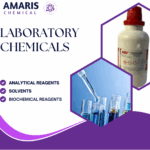
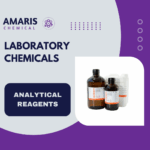 Analytical Reagents
Analytical Reagents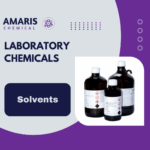 Solvents(lab)
Solvents(lab)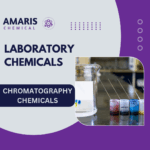 Chromatography Chemicals
Chromatography Chemicals Spectroscopy Reagents
Spectroscopy Reagents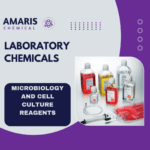 microbiology-and-cell-culture-reagents
microbiology-and-cell-culture-reagents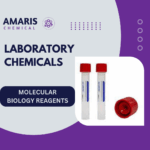 Molecular Biology Reagents
Molecular Biology Reagents Biochemical Reagents
Biochemical Reagents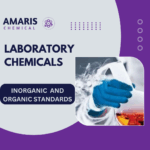 Inorganic and Organic Standards
Inorganic and Organic Standards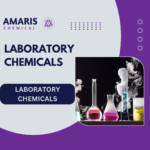 Laboratory Safety Chemicals
Laboratory Safety Chemicals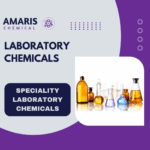 Specialty Laboratory Chemicals(Special Laboratory Equipment)
Specialty Laboratory Chemicals(Special Laboratory Equipment)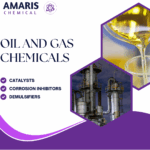
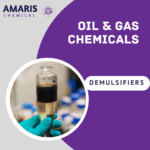 Demulsifiers
Demulsifiers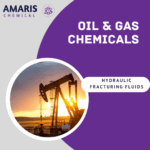 Hydraulic Fracturing Fluids
Hydraulic Fracturing Fluids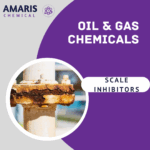 Scale Inhibitors(oil)
Scale Inhibitors(oil) Surfactants(oil)
Surfactants(oil)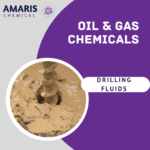 Drilling Fluids
Drilling Fluids
 Dyes and Pigments
Dyes and Pigments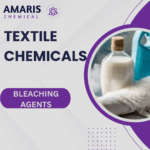 Bleaching Agents
Bleaching Agents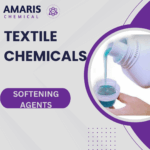 Softening Agents
Softening Agents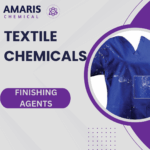 Finishing Agents
Finishing Agents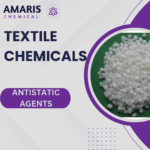 Antistatic Agents
Antistatic Agents
 Admixtures
Admixtures Waterproofing Agents
Waterproofing Agents Sealants and Adhesives
Sealants and Adhesives Curing Compounds
Curing Compounds Concrete Repair Chemicals
Concrete Repair Chemicals Anti-Corrosion Coatings
Anti-Corrosion Coatings
 Surfactants(cleaning)
Surfactants(cleaning) Builders
Builders Enzymes
Enzymes Solvents (Cleaning)
Solvents (Cleaning) Fragrances
Fragrances
 Electronic Chemicals
Electronic Chemicals Catalysts
Catalysts Lubricants
Lubricants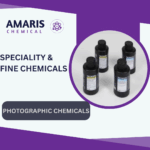 Photographic Chemicals
Photographic Chemicals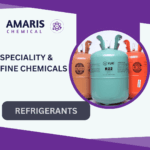 Refrigerants
Refrigerants Automotive chemicals
Automotive chemicals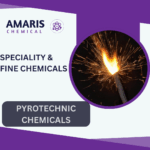 Pyrotechnic Chemicals
Pyrotechnic Chemicals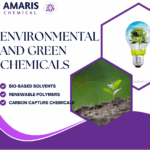
 Biodegradable Surfactants
Biodegradable Surfactants Bio-based Solvents
Bio-based Solvents Renewable Polymers
Renewable Polymers Carbon Capture Chemicals
Carbon Capture Chemicals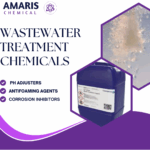 Wastewater Treatment Chemicals
Wastewater Treatment Chemicals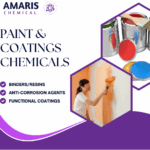
 Pigments
Pigments Solvents(paint)
Solvents(paint) Specialty Coatings
Specialty Coatings Binders/Resins
Binders/Resins Additives
Additives Driers
Driers Anti-Corrosion Agents
Anti-Corrosion Agents Functional Coatings
Functional Coatings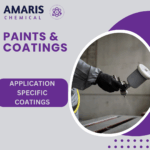 Application-Specific Coatings
Application-Specific Coatings
 Fresh Herbs
Fresh Herbs Ground Spices
Ground Spices Whole Spices
Whole Spices Spice Blends
Spice Blends Dried Herbs
Dried Herbs
 Leavening Agents
Leavening Agents Dough Conditioners
Dough Conditioners Flour Treatments
Flour Treatments Fat Replacers
Fat Replacers Decoratives
Decoratives Preservatives(baking)
Preservatives(baking)
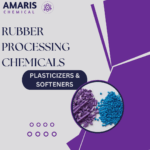 Plasticizers & Softeners
Plasticizers & Softeners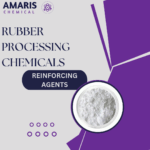 Reinforcing Agents
Reinforcing Agents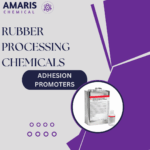 Adhesion Promoters
Adhesion Promoters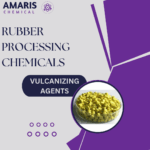 Vulcanizing Agents
Vulcanizing Agents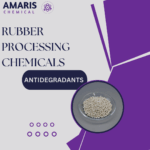 Antidegradants
Antidegradants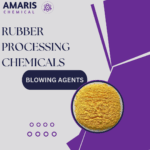 Blowing Agents
Blowing Agents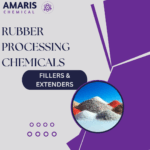 Fillers & Extenders
Fillers & Extenders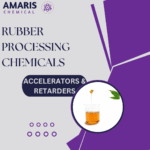 Accelerators & Retarders
Accelerators & Retarders